Digital can be a powerful tool for brands. Digital can be a powerful tool for changing the world. Campaigns that raise awareness of the many challenges facing societies and individuals around the world can change lives.
Digital allows people to connect and be more open to one another due to its interactive nature. Online-savvy companies are using digital tools to spread messages, raise funds and attract support.
This article explores five digital campaigns that successfully utilize online platforms to inform and challenge and bring about change.
Mental health is essential
Globally, mental health disorders are a significant problem. According to a study by the Substance Abuse and Mental Health Services Administration, approximately 42.5 million American adults experience mental illnesses such as schizophrenia, bipolar disorder, or depression every year.
It’s no secret that 300 million people worldwide suffer from depression. This means there is a need to refine mental illness treatment and solutions. Stanford University’s chatbot Woebot was created to achieve this goal.
Woebot, an automated conversational assistant (think of a chat program), is designed to monitor the user’s mood before teaching coping mechanisms.
Woebot, a chatbot that combines technology with cognitive behavior therapy (CBT), uses everyday conversations to ask people about their emotional states and what is going on in their life. Woebot uses these conversations to discuss mental health and well-being. Woebot sends videos and other tools customized to the user’s current situation.
In comparison with a control group, the app has reduced anxiety and depression significantly in people aged 18-28. The number of interactions between Facebook Messenger bots and users has increased by 50% in a single year. Two million messages have been exchanged.
Increase literacy rates
Illiteracy affects everyone. Illiteracy is often overlooked due to the many other crises that are more visible. Illiteracy will only be addressed if it is visible.
Project Literacy reports that more people than the entire population of Europe cannot read this sentence. This is roughly one in ten people around the world. Project Literacy estimates the annual economic impact of illiteracy to be $1.19 trillion.
The organization’s mission is to make words accessible to all. They want to ensure every child can become a literate adult by 2030.
Project Literacy has launched a targeted marketing campaign, The Alphabet Of Illiteracy, to raise awareness. The campaign is a platform that is based on insights and aimed at the millennial generation, who are more likely than older generations to spread information through social media.
Project Literacy evaluates its program’s impact annually. The most recent report estimates that their total media reach will be 3 billion, and their online community will grow to 250,000 members.
Coordinate disaster relief
Communication during a catastrophe is only sometimes perfect. There are often communication lapses among first responders at a local, national, or global level.
Social media has proven to be a successful tool for communication during times of crisis. J.J. Watt’s Hurricane Harvey Relief Campaign is an example of how social media can be used to coordinate during a disaster. The damage was estimated to be close to $200 billion, and millions of Americans were displaced from their homes. They were also forced into homeless shelters or onto the streets. But during the height of the crisis, many individuals and organizations united together to make a change. One effort made a significant impact after the disaster.
J.J. Watt, an American footballer for the Houston Texans’ launched a fund through YouCaring.com to raise money for victims of Hurricane Harvey. His first goal was to raise $200,000. His campaign became viral on social networks. Watt raised over $37 million in total for Hurricane Harvey Relief. This is one of the most extensive campaigns to raise money for charity that has ever been run in the United States.
Gender equality
Millie Dresselhaus is not a household name, but GE’s new digital campaign aims to make her the poster girl for science.
Millie is the first woman in history to receive the National Medal of Science in Engineering. Her achievements will be used to promote female scientists and inspire girls to pursue careers in science in the “What If Scientists Were Celebrities?” campaign. Campaign.
GE’s research shows that only 13-24% of women are in IT and engineering programs globally; less than a quarter of them reach the top ranks. The campaigns aim to change this by emphasizing that female scientists’ achievements should be viewed as more important than celebrity culture.
The campaign’s ultimate goal is to increase the number of women in technical positions by 36% by 2020. The #Balancethe Equation campaign and the GE-girls.com site have led to thousands of retweets, comments, and likes.
Implicit bias awareness
The U.S. has launched its Love Has No Labels Campaign. Ad Council has a clear message: be aware of your biases.
Implicit biases are the attitudes towards people or stereotypes that occur without conscious awareness. Implicit biases affect everyone and are widespread. The campaign’s goal was to encourage the public to be aware of implicit biases and to watch out for them when they appear. Love Has No Labels uses social media to encourage people to accept and value all communities, regardless of religion, race, or age.
Despite being launched only three years ago, group members are still active. It is a success that the community has been happening for so long. The Faces of Love campaign app, a companion to the campaign, allows community members to upload visual reminders each week that “love knows no labels.”
Over 1 billion impressions were generated, while social accounts:
Twelve thousand Twitter followers
250K Facebook followers
Instagram: 14.5K Followers
Their social numbers add up to a city of change.
Digital is already a powerful tool for brands. Marketers are now beginning to realize that digital is a powerful tool for change. Despite the incredible results reported in this article, the platform’s future potential still needs to be discovered.
Our ability as a society to coordinate change has never been more remarkable. Social media users are expected to reach 2.77 billion in 2019. This means that a third of humanity will be online via social networks.
This improved ability to bring like-minded individuals together can do amazing things.

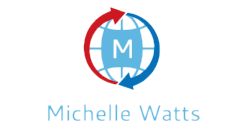
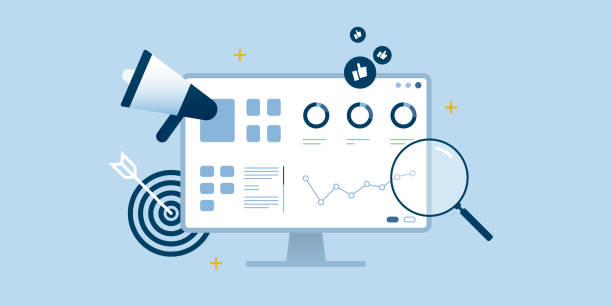

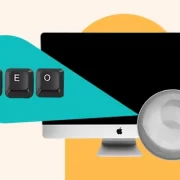
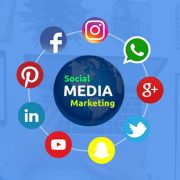


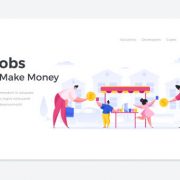







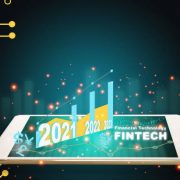

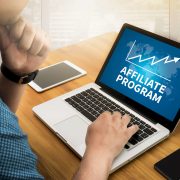
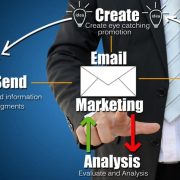
Comments